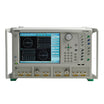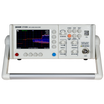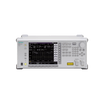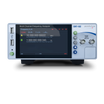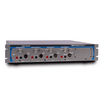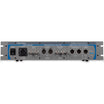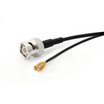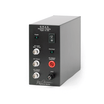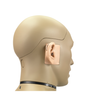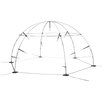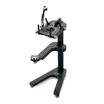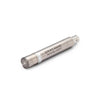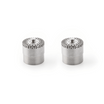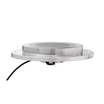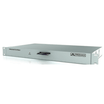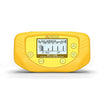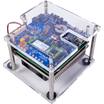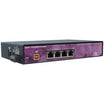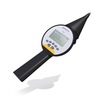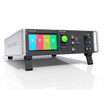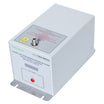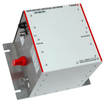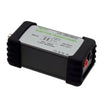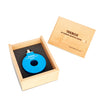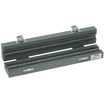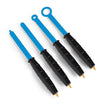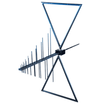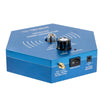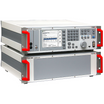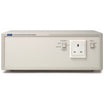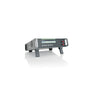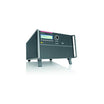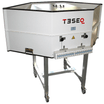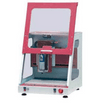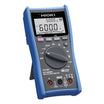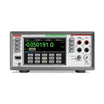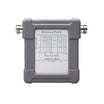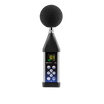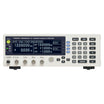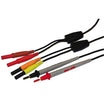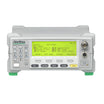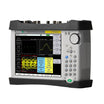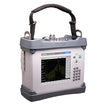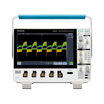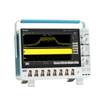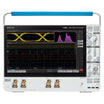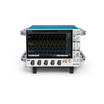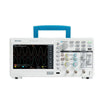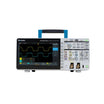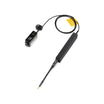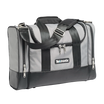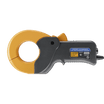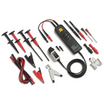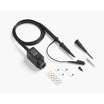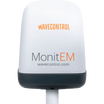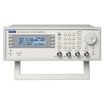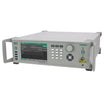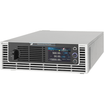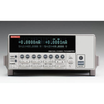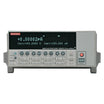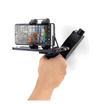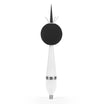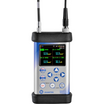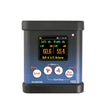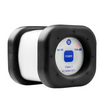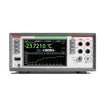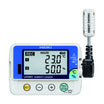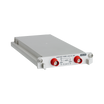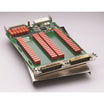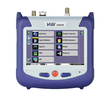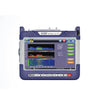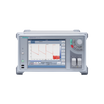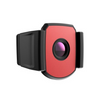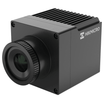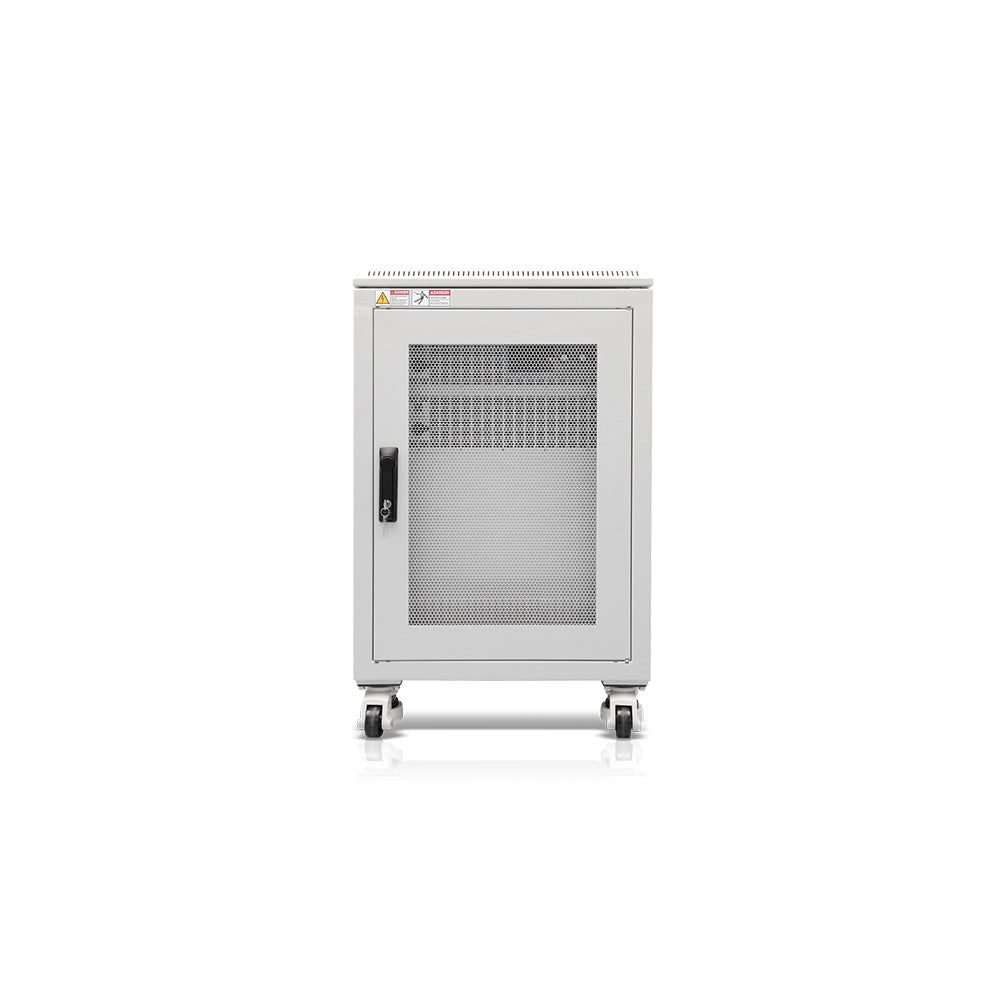
EA-EL 9080-1530 B 15U GH Electronic Load
Use our chat for personal support or contact us via +45 31 33 18 19 or salg@GOmeasure.dk
- Housing: 19" rack
- Voltage (U): 80.00
- Current (I) Ampere: 1530.00
- Power (P) Watt: 21600.00
Discover the possibilities
More information
Description
This 2017 released series of compact electronic DC loads called EA-EL 3000 B is the second generation of small desktop loads with a DC power capability of 400 W. It offers useful voltage and current ratings for a multitude of applications and daily use in laboratories, schools or workshops.
All models support the four regulation modes constant voltage (CV), constant current (CC), constant pow-er (CP) and constant resistance (CR). The core of the control circuit is a fast microprocessor which provides interesting features, such as a software based function generator with common functions like rectangle, triangle or ramp. The color display, together with a keyboard and two rotary knobs provides the user an in-tuitive kind of manual operation and better overview.
Response times during device control via analog or digital interface have been improved by an ARM proces-sor controlled hardware, compared to older electronic load series.
Digital interfaces, such as USB and Ethernet, are available as optional accessory, as well as an analog one. All interfaces are galvanically isolated.
Remote control and implementation into custom applications for every purpose is simplified by the com-mon protocols SCPI and ModBus RTU, as well as by ready-to-use LabView components.
Features:
- Wide AC supply voltage range: 90...264 V, with active PFC
- Input power rating:400 W
- Input voltages: 80 V up to 500 V
- Input currents: 10 A up to 60 A
- Multilingual color display
- User profiles, function generator
- Adjustable protections: OVP, OCP, OPP
- Operation modes: CV, CC, CP, CR
- Carrying handle with tilt stand
- SCPI and ModBus RTU command set
- LabView VIs and control software for Windows
- Optional, pluggable and retrofittable interfaces
- USB
- USB + Ethernet
- USB + Analog
Power ratings, voltages, currents
The voltage range portfolio offers models with 0...80 V DC, 0...200 V DC and 0...500 V DC. Input currents with 0...10 A, 0...25 A or 0...60 A per unit are available. The series offers a power class with 400 W steady power.
Handling (HMI)
Manual operation is done with a color display, two rotary knobs and six pushbuttons. The large display shows all relevant set values and actual values at a glance. The whole setup is also done with the human-machine interface, as well the configu-ration of functions (square, triangle and others) etc.
The display is multilingual (German, English, Russian, Chinese).
Function generator
All models of this series include a function generator which can generate typical functions, as displayed in the figures below, and apply them to either the input voltage or the input current. The generator can be completely configured and controlled by using the knobs and buttons on the front of the device, or by re-mote control via one of the digital interfaces.
The predefined functions offer all necessary parameters to the user, such as Y offset, time or amplitude, for full configuration ability.
Battery test
For purposes of testing all kinds of batteries, such as for example constant current or constant resistance discharging, the devices offer a battery test mode. It counts values for elapsed testing time and consumed capacity (Ah) and energy (Wh).
Data recorded by the PC during tests with EA Power Control can be exported as Excel table in CSV format and analyzed later in MS Excel or similar tools and even visualized as a discharge diagram.
For more detailed setup, there is an adjustable threshold to stop the battery test on low battery voltage, as well an adjustable test period.
MPP tracking
For photovoltaics related tests there is another function included as standard. Four modes allow for simu-lation of the typical characteristics of solar inverters being connected to solar modules or panels. The func-tion is used to determine typical operation parameters, such as the so-called Maximum Power Point and the related values UMPP, IMPP and PMPP. One of the modes even offers particular analysis with different irradi-ation values in form of a table with 100 points.
Remote control & connectivity
For remote control, there are three types of interface cards optionally avail-able which can be quickly and easily installed by user on location:
Using the digital interface (USB, Ethernet), Windows users can profit from the free software “EA Power Control”. It offers a feature called “Sequenc-ing”, where the device is controlled through a semi-automatic table in CSV format. This table represents a simple test procedure and can be created and edited in MS Excel or other CSV editors and then imported into the soft-ware tool.
This software also allows for the control of up to 20 units at once with an optional feature called “Multi Control” (licensed, not free of charge).
Specifications
Documents
Options
Video
This 2017 released series of compact electronic DC loads called EA-EL 3000 B is the second generation of small desktop loads with a DC power capability of 400 W. It offers useful voltage and current ratings for a multitude of applications and daily use in laboratories, schools or workshops.
All models support the four regulation modes constant voltage (CV), constant current (CC), constant pow-er (CP) and constant resistance (CR). The core of the control circuit is a fast microprocessor which provides interesting features, such as a software based function generator with common functions like rectangle, triangle or ramp. The color display, together with a keyboard and two rotary knobs provides the user an in-tuitive kind of manual operation and better overview.
Response times during device control via analog or digital interface have been improved by an ARM proces-sor controlled hardware, compared to older electronic load series.
Digital interfaces, such as USB and Ethernet, are available as optional accessory, as well as an analog one. All interfaces are galvanically isolated.
Remote control and implementation into custom applications for every purpose is simplified by the com-mon protocols SCPI and ModBus RTU, as well as by ready-to-use LabView components.
Features:
- Wide AC supply voltage range: 90...264 V, with active PFC
- Input power rating:400 W
- Input voltages: 80 V up to 500 V
- Input currents: 10 A up to 60 A
- Multilingual color display
- User profiles, function generator
- Adjustable protections: OVP, OCP, OPP
- Operation modes: CV, CC, CP, CR
- Carrying handle with tilt stand
- SCPI and ModBus RTU command set
- LabView VIs and control software for Windows
- Optional, pluggable and retrofittable interfaces
- USB
- USB + Ethernet
- USB + Analog
Power ratings, voltages, currents
The voltage range portfolio offers models with 0...80 V DC, 0...200 V DC and 0...500 V DC. Input currents with 0...10 A, 0...25 A or 0...60 A per unit are available. The series offers a power class with 400 W steady power.
Handling (HMI)
Manual operation is done with a color display, two rotary knobs and six pushbuttons. The large display shows all relevant set values and actual values at a glance. The whole setup is also done with the human-machine interface, as well the configu-ration of functions (square, triangle and others) etc.
The display is multilingual (German, English, Russian, Chinese).
Function generator
All models of this series include a function generator which can generate typical functions, as displayed in the figures below, and apply them to either the input voltage or the input current. The generator can be completely configured and controlled by using the knobs and buttons on the front of the device, or by re-mote control via one of the digital interfaces.
The predefined functions offer all necessary parameters to the user, such as Y offset, time or amplitude, for full configuration ability.
Battery test
For purposes of testing all kinds of batteries, such as for example constant current or constant resistance discharging, the devices offer a battery test mode. It counts values for elapsed testing time and consumed capacity (Ah) and energy (Wh).
Data recorded by the PC during tests with EA Power Control can be exported as Excel table in CSV format and analyzed later in MS Excel or similar tools and even visualized as a discharge diagram.
For more detailed setup, there is an adjustable threshold to stop the battery test on low battery voltage, as well an adjustable test period.
MPP tracking
For photovoltaics related tests there is another function included as standard. Four modes allow for simu-lation of the typical characteristics of solar inverters being connected to solar modules or panels. The func-tion is used to determine typical operation parameters, such as the so-called Maximum Power Point and the related values UMPP, IMPP and PMPP. One of the modes even offers particular analysis with different irradi-ation values in form of a table with 100 points.
Remote control & connectivity
For remote control, there are three types of interface cards optionally avail-able which can be quickly and easily installed by user on location:
Using the digital interface (USB, Ethernet), Windows users can profit from the free software “EA Power Control”. It offers a feature called “Sequenc-ing”, where the device is controlled through a semi-automatic table in CSV format. This table represents a simple test procedure and can be created and edited in MS Excel or other CSV editors and then imported into the soft-ware tool.
This software also allows for the control of up to 20 units at once with an optional feature called “Multi Control” (licensed, not free of charge).



